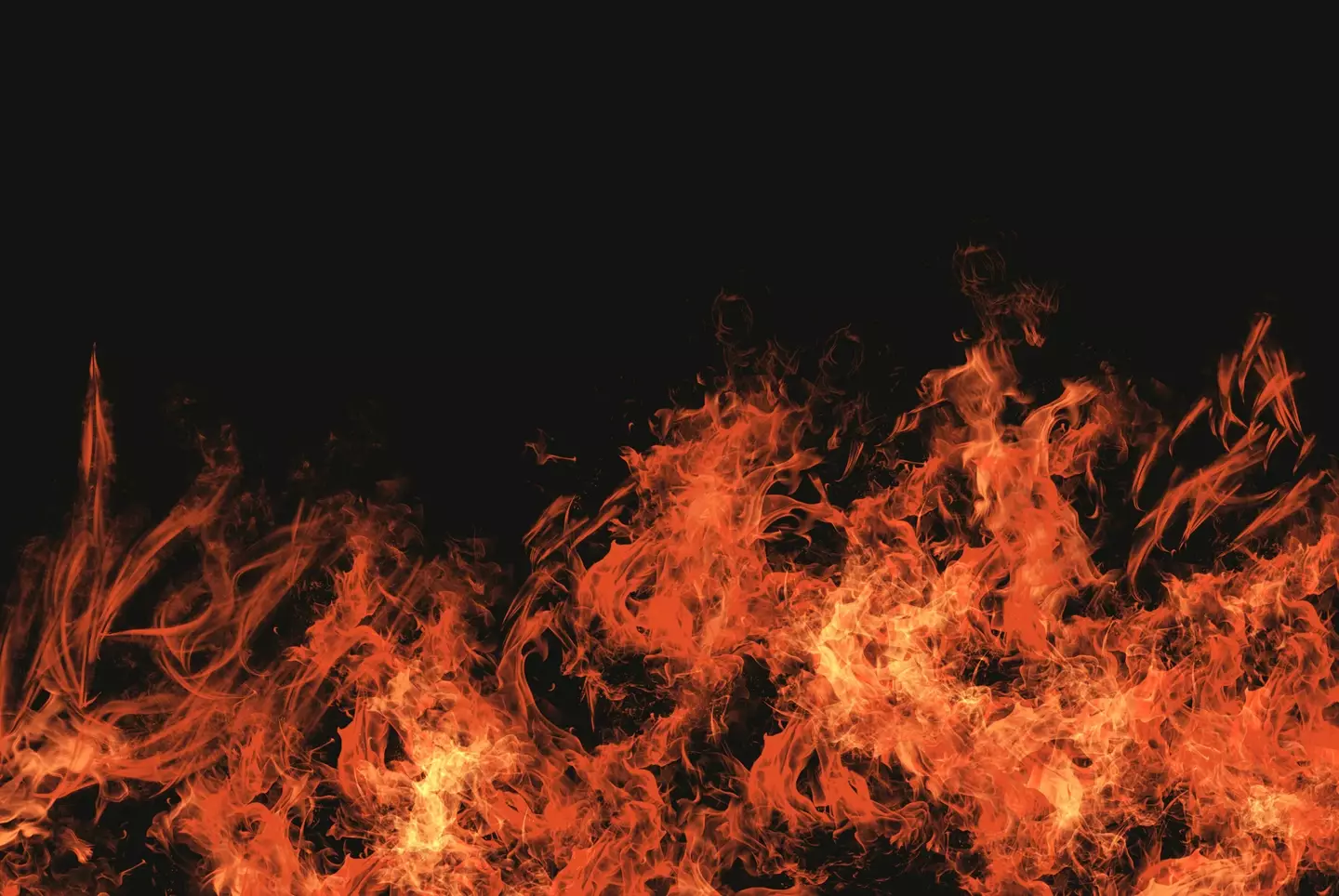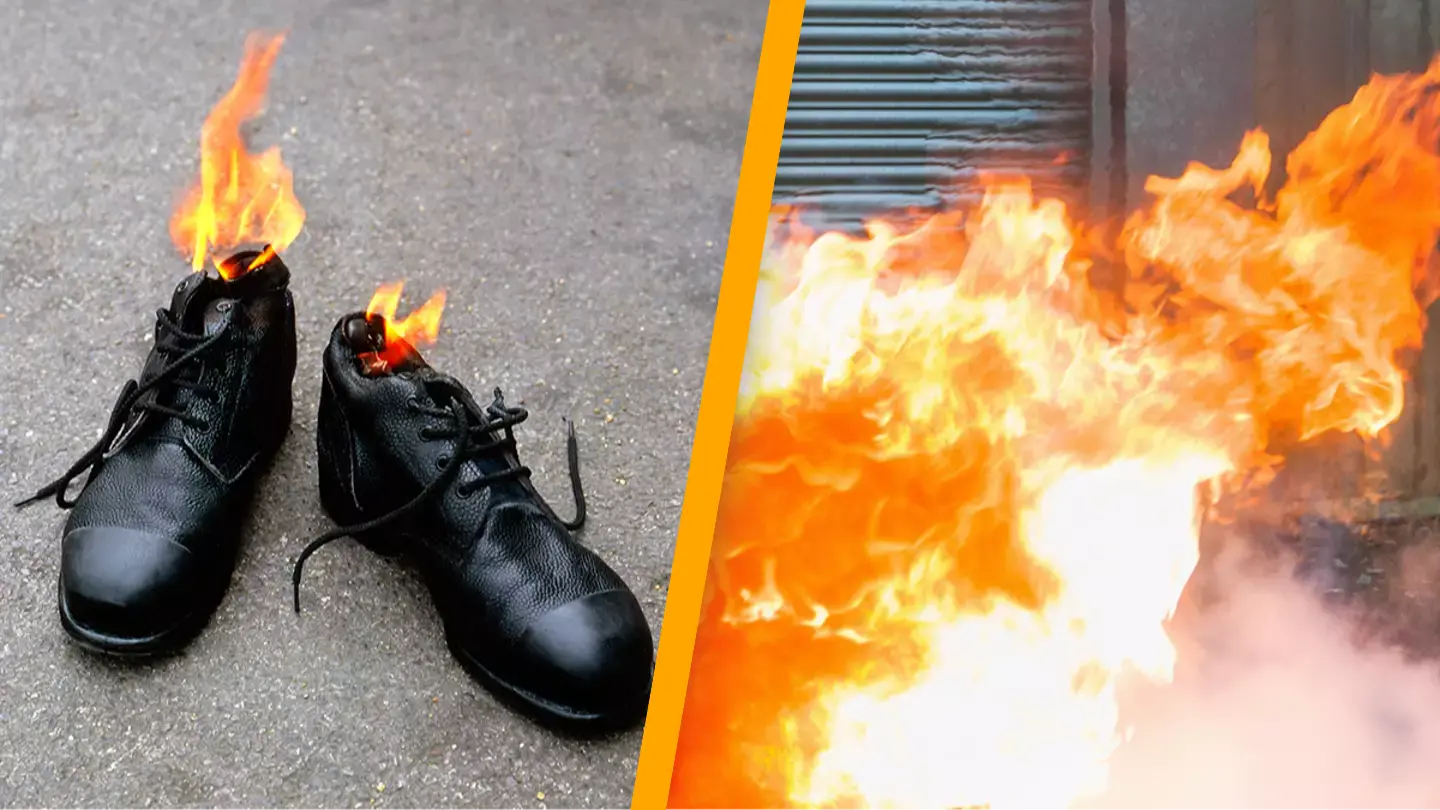The mysterious death of an Irish pensioner was attributed to ‘spontaneous combustion,’ a conclusion that has left investigators puzzled.
Michael Faherty, aged 76, was discovered burned to death in his Galway, Ireland home on December 22, 2010.
The inquest revealed that at around 3am, Faherty’s neighbor heard a fire alarm sounding, prompting him to step outside and notice smoke emerging from Faherty’s residence. He knocked on the front door but received no answer.
He alerted another neighbor, and soon after, the police and fire department quickly arrived at the scene.

Upon investigating, authorities found no accelerant and no evidence of foul play, with assistant chief fire officer, Gerry O’Malley, determining that the fireplace was not the ignition source, according to Galway Beo.
Additionally, The Guardian reported that there were no signs of anyone entering or leaving the home before Faherty’s body was discovered.
Though Faherty’s organs were too damaged to specify the exact cause of death, it was ruled out that he died from heart failure, as stated by coroner Dr. Ciaran McLoughlin.
During the inquest, Dr. McLoughlin expressed that he was “left with the conclusion that this fits into the category of ‘spontaneous human combustion’,” for which there is “no adequate explanation,” noting that this was the first time he had reached such a verdict in his 25-year career, as reported by The Guardian.
The concept of ‘spontaneous combustion’ has been a topic of intrigue and skepticism throughout history, with debates over its existence.

Generally, the scientific community does not support the possibility of spontaneous combustion, arguing that if it were real, occurrences would be more widespread and random.
At the time, Mike Green, a retired professor of pathology, offered his perspective on Faherty’s case and other instances labeled as ‘spontaneous combustion’.
Green argued that the term ‘spontaneous’ is misleading, asserting that there is always a source of ignition, though it might be consumed in the blaze, such as a match or cigarette.
The BBC quoted him saying: “There is a source of ignition somewhere, but because the body is so badly destroyed, the source can’t be found.”
Discussing similarities between Faherty’s case and others, Green noted: “This is the picture which is described time and time again. Even the most experienced rescue worker or forensic scientist takes a sharp intake of breath (when they come across the scene).
“I think if the heavens were striking in cases of spontaneous combustion, then there would be a lot more cases. I go for the practical, the mundane explanation.”

